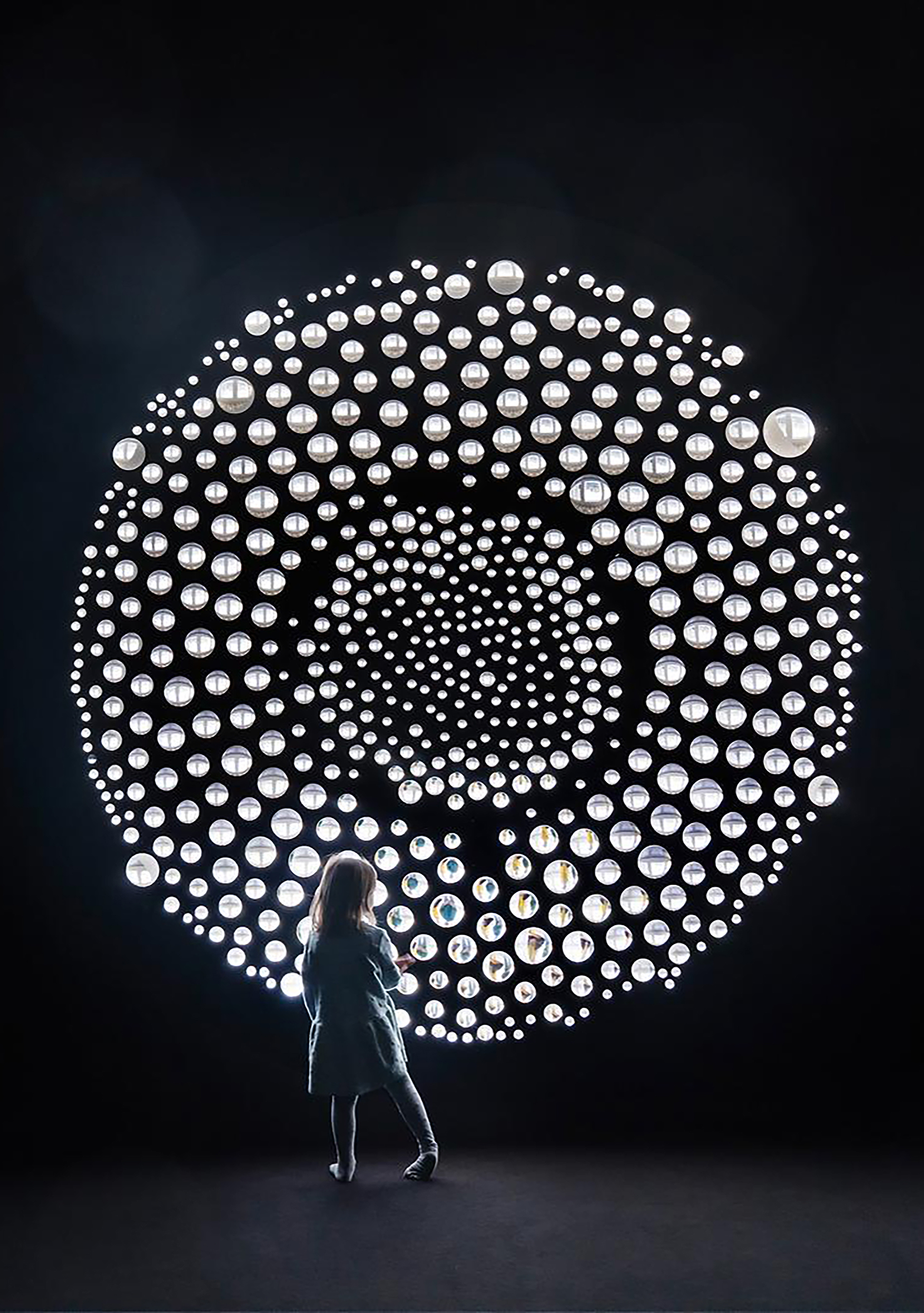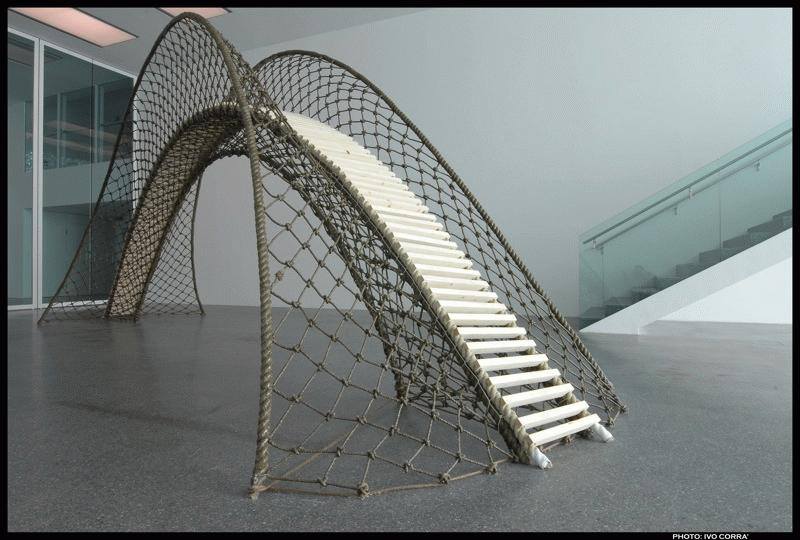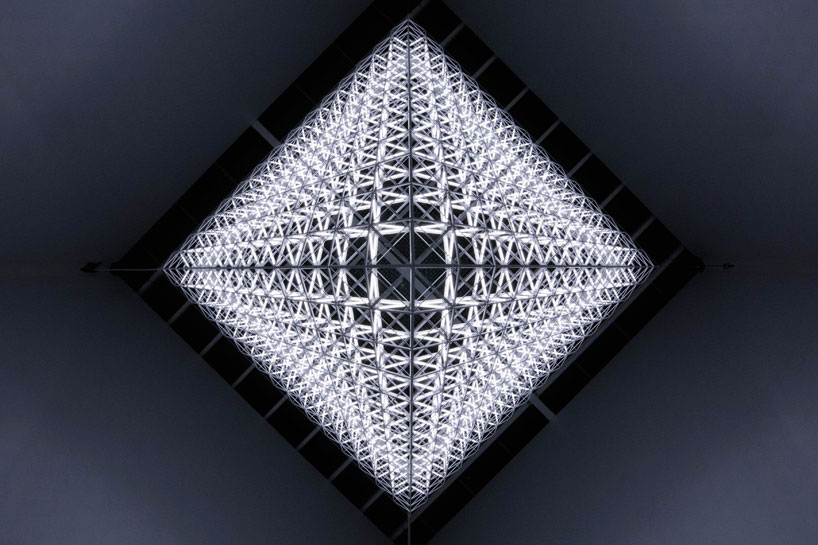
Kevin Cooley
Fallen Water
Fallen Water explores questions about why humans are drawn to waterfalls and flowing water as a source for renewal. Waterfalls imbue subconscious associations with pristine and healthy drinking water, but what happens when the fountain can no longer renew itself? Is the water no longer pure? Cooley’s choice of subject matter strikes a deep chord with current social consciousness and anxieties about contemporary water usage and the drought crisis faced by the American West. Cooley references Blake’s famous quote from The Marriage of Heaven and Hell as context for the diametric opposites of the current water conundrum: our deep sense of entitlement to and dire dependence on this precious commodity, coupled with a pervasive obliviousness concerning the sources which supply it. As a way to connect with his personal water use, Cooley hiked into the mountains to see firsthand the snowpack (or lack thereof), streams, and aquifers which feed the water sources supplying his Los Angeles home. This multi-channel installation is an amalgamation of videos made over numerous trips to remote locations in the San Gabriel Mountains, the Sierra Nevada Mountains, and locales as far away as the San Juan Mountains in Southwestern Colorado. These disconnected video vignettes coalesce, constructing a large water landscape canvasing the gallery walls and floors – reflecting the disparate and widespread origin of Los Angeles’s drinking water. The colorspace within the videos is inverted, turning the water pink, orange and yellow—channeling an altered vision of water—in which something is definitely amiss: a stark reminder of the current water crisis in the state of California.
.












